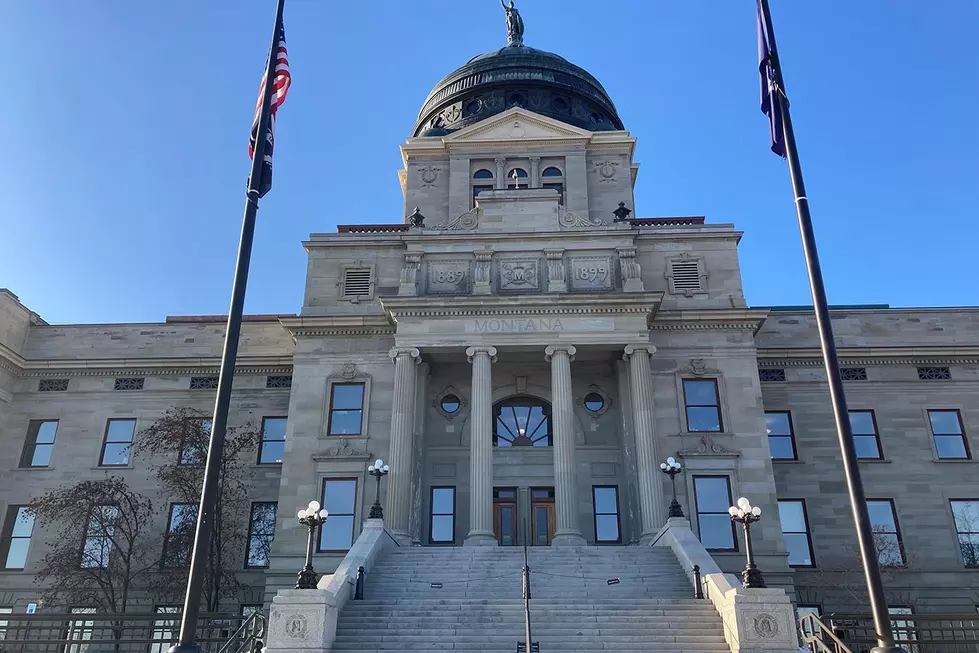
Viewpoint: Redistricting, Apportionment Commission needs no fixing
Evan Barrett
The redistricting wrangling is now over. The Commission has made its decision, will formally file the legislative district structure, and the 2024 elections will move forward. For the sixth time that the difficult and politically-charged redistricting process has been handled by the Commission created by the 1972 Constitutional Convention (ConCon).
Montana’s redistricting process over fifty years has stood the test of time. The Commission created by the ConCon called for four partisan members appointed by the legislative leaders of both parties. Those four would pick a fifth as chair and if they couldn’t agree the Montana Supreme Court would pick the chair.
This structure came from the Legislative Committee of the ConCon. Of the nine remaining living ConCon delegates, three were on that Legislative Committee – Arlyne Reichert, 97, of Great Falls, Jerry Loendorf of Helena, who was Vice Chair, and Mae Nan Ellingson of Missoula. Eschewing party labels, all three, early in the ConCon, lost their partisan identity as the enlightened citizen/delegates sat alphabetically rather than by party.
The critical thing the ConCon did was to take redistricting out of the hands of the legislature. History tells us that legislators controlling their own districts is akin to legislators selecting their voters rather than voters selecting their legislators. ConCon delegate Reichert, in testimony before the redistricting commission this year, said the chances of legislators correctly drawing their own districts was as likely to be successful as doctors “taking out their own appendix.”
Several times during the ConCon debates about redistricting, some delegates advocated allowing the legislature to redistrict itself or giving the legislature veto power over any plan produced by a redistricting commission. Each time those issues came to a floor vote, the ConCon citizen/delegates soundly rejected the ideas and eventually adopted the balanced independent citizen commission approach that has served Montana so well.
That wasn’t because the ConCon delegates had been struck by a lightning bolt of enlightenment. They were fully aware of the fraught Montana history relative to state level redistricting after the US Supreme Court had required legislative districting and apportionment to reflect “one-man, one-vote” in Reynolds v. Simms (1964), following its initial “equal protection” ruling in Baker v. Carr in 1962.
In early 1965, Montana Republican Governor Tim Babcock told the opening of the Legislature that “the theory of ‘one person – one vote’ simply does not fit Montana.” The legislature then dallied and a court case out of Butte was filed, resulting in a decision that directed the legislature to redistrict itself. After a dozen or so quick efforts, the Legislature could not agree and in August of 1965 the federal court imposed a legislative district map upon Montana for the 1966 elections.
Then in the 1971 Legislative Session, redistricting had to be addressed so that the ConCon delegates, who were to be elected later that year, could be elected from the same districts as the legislature. The 1970 census had been concluded and the courts ruled that the delegates had to be elected from districts which reflected the 1970 census, not the 1960 census.
The 1971 Legislature, in the March special session called by Governor Anderson, pushed back the date for a ConCon primary election until August to allow time to enact new legislative districts. The resulting redistricting plan by the legislature was quickly challenged in federal court and rejected. Not wanting the courts to draw the lines, Governor Anderson called a 2nd Special Session for June. The legislature produced another redistricting plan which was not very satisfactory, but was reluctantly accepted by state and federal courts because of the impending filing deadline for the ConCon primary.
It was in light of that fraught redistricting history that the 1972 ConCon considered the redistricting issue and came up with our balanced independent citizen Redistricting and Apportionment Commission.
While so many other states have been embattled with redistricting challenges over the years, including having their districts drawn by federal judges, Montana has fared much better. But this 2023 Legislature has 9 bill draft requests, all by Republican legislators, for Constitutional Amendments to change our redistricting process.
It’s clear our redistricting and apportionment process is not broken. Republicans in the legislature should back away and let it stand.
